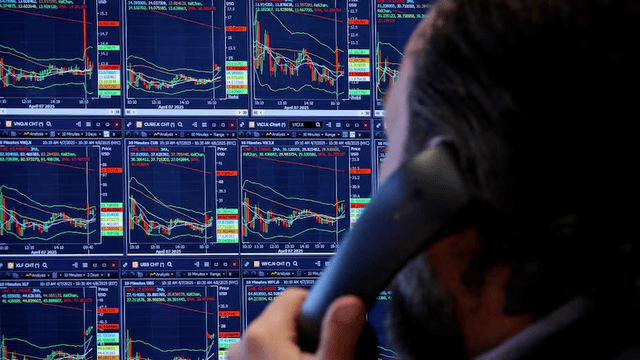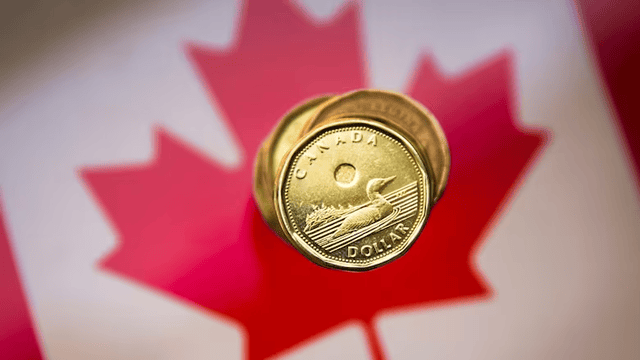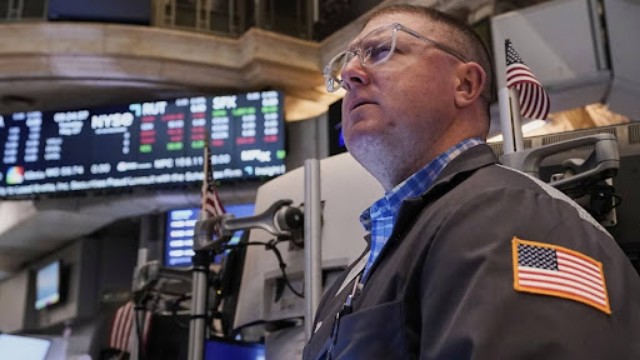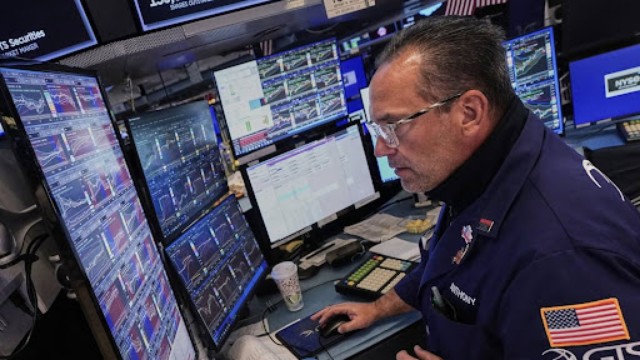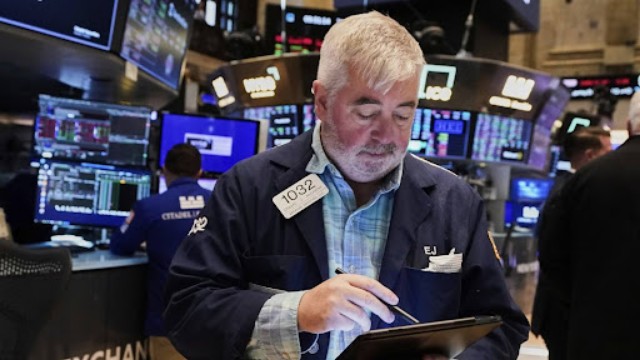
Traders at the New York Stock Exchange in New York, captured by Reuters.
Global financial markets are seeing significant movement as the U.S. and Chinese economies enter crucial periods. As China steps up its monetary easing, investors on Wall Street eagerly await the release of the Federal Reserve’s key inflation gauge, the PCE (Personal Consumption Expenditures) index, which is set to offer insight into the next steps for U.S. monetary policy.
China, facing alarming signs of an economic slowdown, has made aggressive moves this week to stimulate growth. The People’s Bank of China cut its one-week reverse repo rate by 20 basis points on Friday, marking another attempt to counterbalance the economic deceleration. China’s real estate sector, one of its key growth engines, has shown continued weakness, prompting the cities of Shanghai and Shenzhen to consider lifting restrictions on home purchases. These measures aim to attract potential buyers and revive the flagging property market. Despite the efforts, China’s industrial profits saw a sharp decline, plunging nearly 18% in August compared to last year.
However, Chinese mainland stock markets responded positively to the stimulus efforts. The country’s major stock indexes surged by 4.5% on Friday, marking their best week since 2008. Yet, the offshore yuan weakened due to reported selling by state banks, while Chinese government bond yields continued to rise as public borrowing became central to the recovery plan.
In contrast, the U.S. economy has continued to show resilience. On Thursday, data revealed a drop in weekly jobless claims, stronger-than-expected durable goods orders, and an upward revision of second-quarter corporate profit growth to 3.5%. This has led investors to focus on inflation data, with the PCE index expected to show a slight uptick in August, reinforcing the need for caution in the Federal Reserve’s rate policy.
Last week, Federal Reserve Governor Christopher Waller indicated that softer inflation readings might justify the Fed’s recent 50-basis-point interest rate cut, a move also supported by Governor Lisa Cook. Treasury Secretary Janet Yellen echoed these sentiments, suggesting that the economy is on course for a “soft landing,” which could eventually allow Fed rates to stabilize around 3%, down from the current range of 4.75-5.0%.
Although futures markets still predict another rate cut by the Fed in November, with another 75 basis points of easing expected by the end of the year, economic data suggests that these moves may be more gradual than initially forecast. Meanwhile, the gap between 2-year and 10-year Treasury yields has narrowed, while U.S. 30-year mortgage rates fell to a two-year low this week, further underlining the strength of the U.S. economy.
Europe faces its own challenges, with inflation numbers in the Eurozone adding pressure on the European Central Bank (ECB) to continue cutting interest rates. France's inflation rate fell sharply in September, dropping to 1.5%, largely due to falling energy prices. Meanwhile, Germany’s unemployment rate rose more than expected, signalling continued economic struggles for Europe’s largest economy. ECB members are pushing for another rate cut in October to address these issues.
In other global news, Mexico cut its interest rate for the second time as inflation pressures eased, while Japan’s yen strengthened after former defence minister Shigeru Ishiba won the leadership race for the ruling party, signalling a potential shift in monetary policy.




